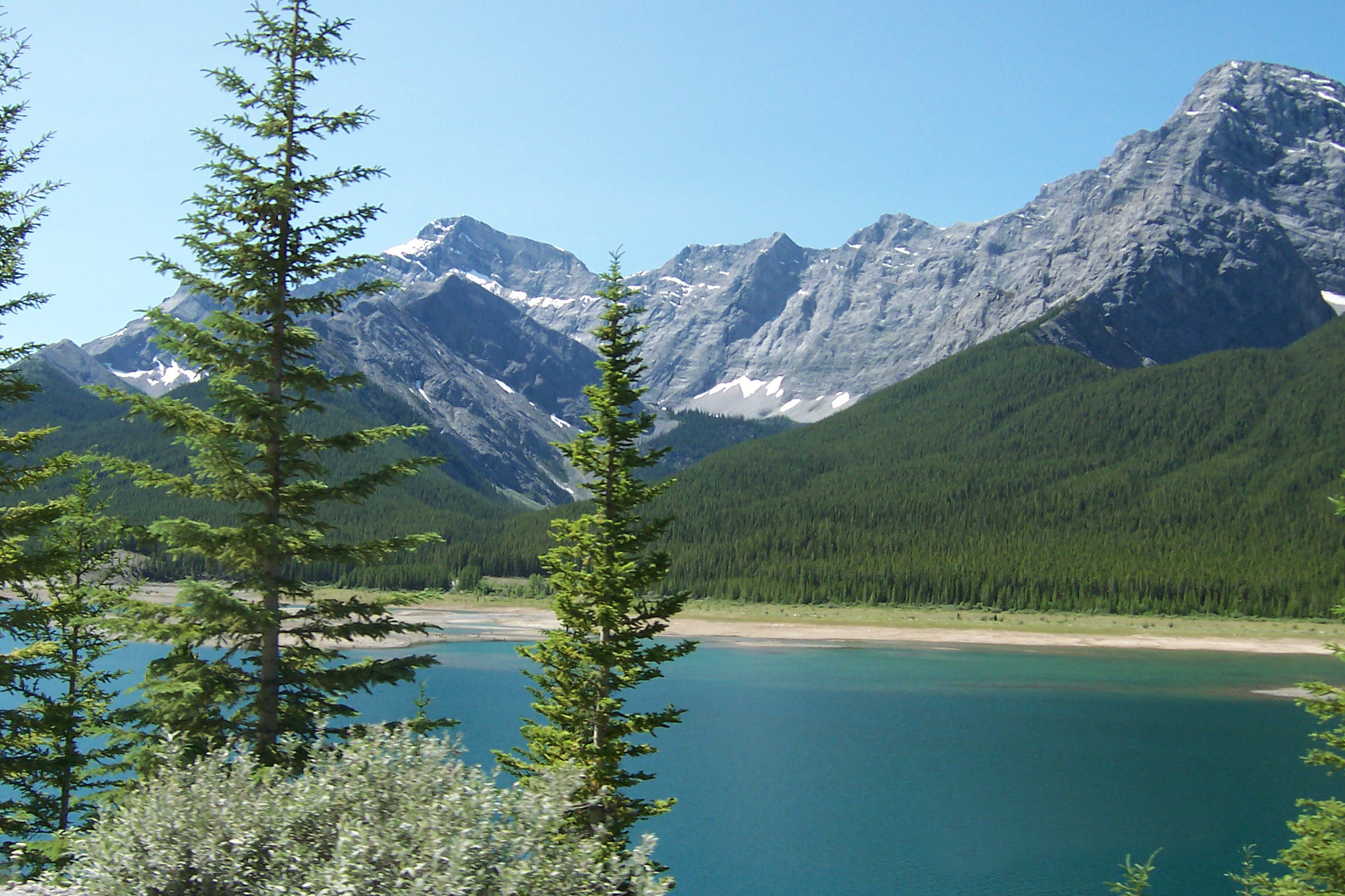“Atiśa Dīpamkara” by James B Apple & “The Life of Jamgon Kongtrul the Great” by Alexander Gardner
“Nonetheless, apart from lives of important non-western figures such as Muhammad and Buddha, the hagiographical literature available in English about lesser-known lights of belief-systems other than Christianity is rather scarce. That’s why books like Alexander Gardner’s Life of Jamgon Kongtrul the Great and James Apple’s Atiśa Dīpamkara are important additions, and deserve wider reading outside specialist or academic circles, in which both these names are presumably well-known. These books are hagiography at its best, “warts and all” (to paraphrase Oliver Cromwell), books which present both men as flesh-and-blood human beings existing in an actual world, but also clearly explain their importance to Buddhist teachings and why they have come to be so venerated. Apple, whose book is one of Shambhala’s excellent Lives of the Masters series, includes a generous selection of Atiśa’s writings as well as copious notes, a table of Tibetan transliterations and an ample bibliography.”
“The details of all this, including a translation of Atiśa’s seminal work, the poem “Lamp for the Path to Awakening” can be found in the useful and extensive selections from Atiśa’s writings which Apple appends to the book. He points out that the written sources which remain pertain only to the Tibetan stage of Atiśa’s life and are therefore Tibetan translations; anything from his Indian days, which would have been written in Sanskrit or Old Bengali, no longer survive.”
A review by John Butler recently retired as Associate Professor of Humanities at the University College of the North in The Pas, Manitoba, Canada, and has taught at universities in Canada, Nigeria and Japan. He specializes in early modern travel-literature (especially Asian travel) and seventeenth-century intellectual history. His books include an edition of Sir Thomas Herbert’s Travels in Africa, Persia and Asia the Great (2012) and most recently an edition of Sir Paul Rycaut’s Present State of the Ottoman Empire (1667) and a book of essays, Off the Beaten Track: Essays on Unknown Travel Writers.
